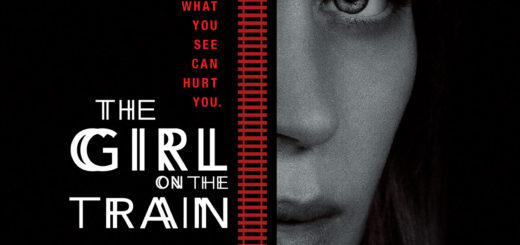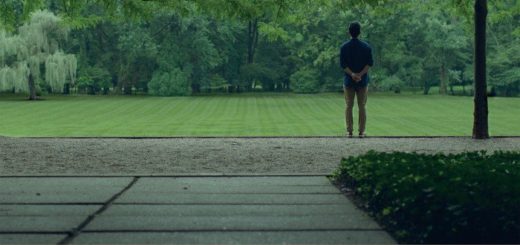LOVING Review
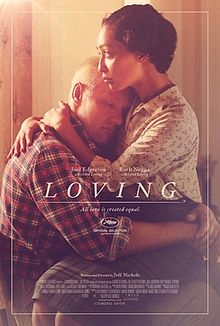
Director: Jeff Nichols
Year: 2016
Genre: Biopic, Romantic Drama
There’s no scarcity of films and filmmakers enamored with the rural American midwest. Terrance Mallick has used it as a backdrop for his poetic soul searching since his 1973 debut BADLANDS, all the way through to his opus, THE TREE OF LIFE. In FARGO, the Coens portrayed two sides of the same coin by revealing the depressing cynicism and small town goodness that the midwest can foster. ELECTION, ABOUT SCHMIDT, and NEBRASKA all received Alexander Payne’s darkly humorous satirical treatment. Now, there’s writer-director Jeff Nichols, who seems to be vying for the title of New Pallbearer of Independent Americana Filmmaking as his fifth film, LOVING, continues his streak of midwestern settings.
Unique to Nichols’s filmography, LOVING is a period piece. The year is 1967, the town is Milford Virginia (a slightly more southern setting, but let’s round west), and it’s illegal for coloreds to marry whites statewide. Which is why Richard and Mildred Loving, spectacularly performed by Joel Edgerton and Ruth Negga, wed in the District of Columbia. Virginia’s Caroline County judges won’t stand for it and arrest the Lovings for existing as interracial husband and wife — a case that was appealed all the way up to the Supreme Court and ultimately resulted in the essential Loving v. Virginia decision, declaring marriage an inalienable right regardless of race.
However, viewers hoping for a steamy Supreme Court procedural drama will be disappointed; the constitutional battle isn’t introduced until well over an hour into the film. To Nichols, the Court decision is of less interest than the couple at the center of it.
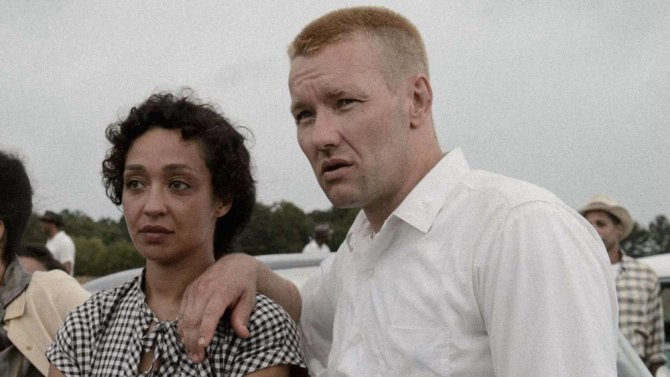
“If that ain’t the biggest cheese curd I ever saw!”
Low key romance is a change of pace for the director, who earlier this year released a cerebral genre sci-fi piece in MIDNIGHT SPECIAL, and whose best film to date, TAKE SHELTER, was a brooding, psychological thriller laced with metaphor. Both of those films starred Michael Shannon, now making a small appearance in LOVING as a LIFE Magazine photographer; his arrival in the second act is a breath of fresh air — the eccentricity Shannon brings to his character is more immediately gratifying than the Lovings’ somber demeanor. The emotional connection between the titular characters is a deeply felt one; that much is apparent from the gorgeous opening scene between them. Such conviction in their relationship serves Nichols’s thesis that law shouldn’t prevent them from wedding, but also leaves him grasping for conflict throughout much of the story. Seemingly unwilling to let oppressive Virginia law cast any doubt on the strength of the Lovings’ romance, a major beat of the couple seeking refuge in downtown D.C. is ineffective because Nichols can’t dig into the minutiae of a telling domestic drama.
What he does direct exceptionally well are the racial implications beyond the obviously bigoted position of it “being unfair to bring children of mixed race into the world.” A pair of white civil rights lawyers have ambitions to overturn state laws prohibiting interracial marriages, and they find the Lovings’ case to be the ideal candidate. Continuing to appeal Virginia’s decision puts Mildred and Richard at risk for more jail time and losing their marriage license, despite having the potential to change national policy. The irony of using this unassuming couple from the country for “the greater good” will probably be lost on white audiences, but is especially relevant and poignant in 2016, when white liberalism has been given the rudest of wake up calls. In line with the nuanced tone of the movie, this commentary is communicated subtly under the surface. However, other themes of the film might be too deeply buried beneath Nichols’s understated directorial hand.
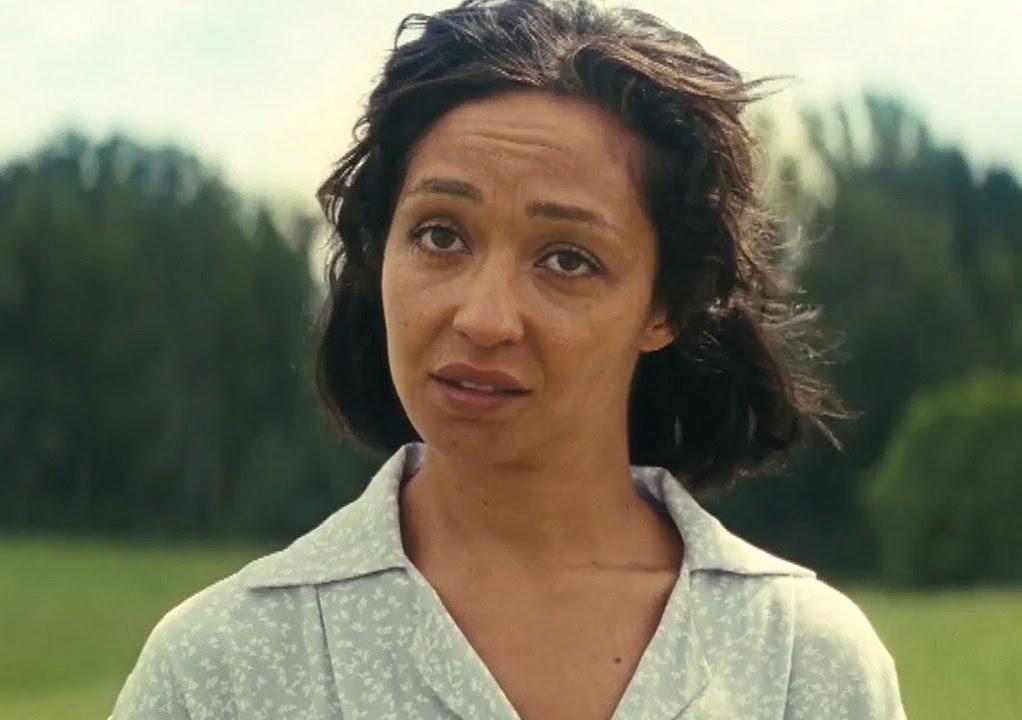
TFW: Steve Bannon
Repetition always serves as a beckoning call to look closer for meaning, and Nichols frequently features Richard Loving hard at work as a bricklayer. Inserts of scooping, smoothing, and scraping concrete are numerous and even help to conclude the film. The connection between Richard building a physical house and desiring to “make a home” for his black wife free from discrimination can be drawn, but stands as underbaked. It’s never known how Loving feels about his work (it’s hardly shown how he feels about anything other than his wife, his character a tight-lipped simpleton), so the metaphor doesn’t illuminate the Lovings’ legal struggles. This leaves Edgarton with the well-executed but tired characterization as a man who wants nothing more than to provide for his family.
Males have always been the focus of Nichols’s work, father-son dynamics at play in his three previous films. Ruth Negga’s Mildred Loving is his strongest female character yet, not the only step forward LOVING proves to be for Nichols’s career. The writing and directorial restraint are admirable and the balanced cinematography shows his aesthetic eye growing more keen. However, it’s hard not to wish that there were more to chew on with this film, and it won’t be of great interest to audiences without the patience for slow moving period dramas. Here’s to hoping the drawbacks are growing pains for a director with so much promise.
Verdict: Recommend

